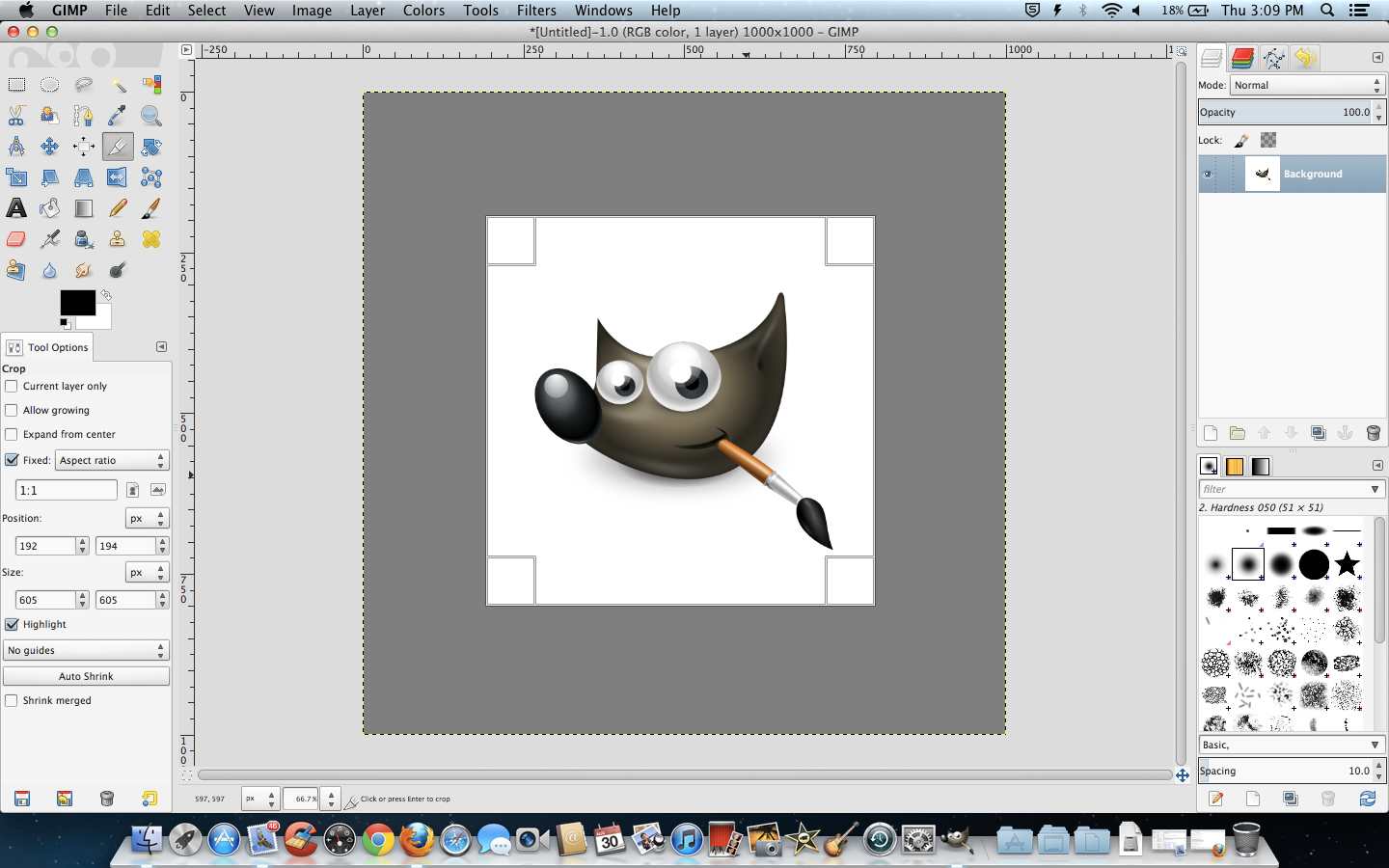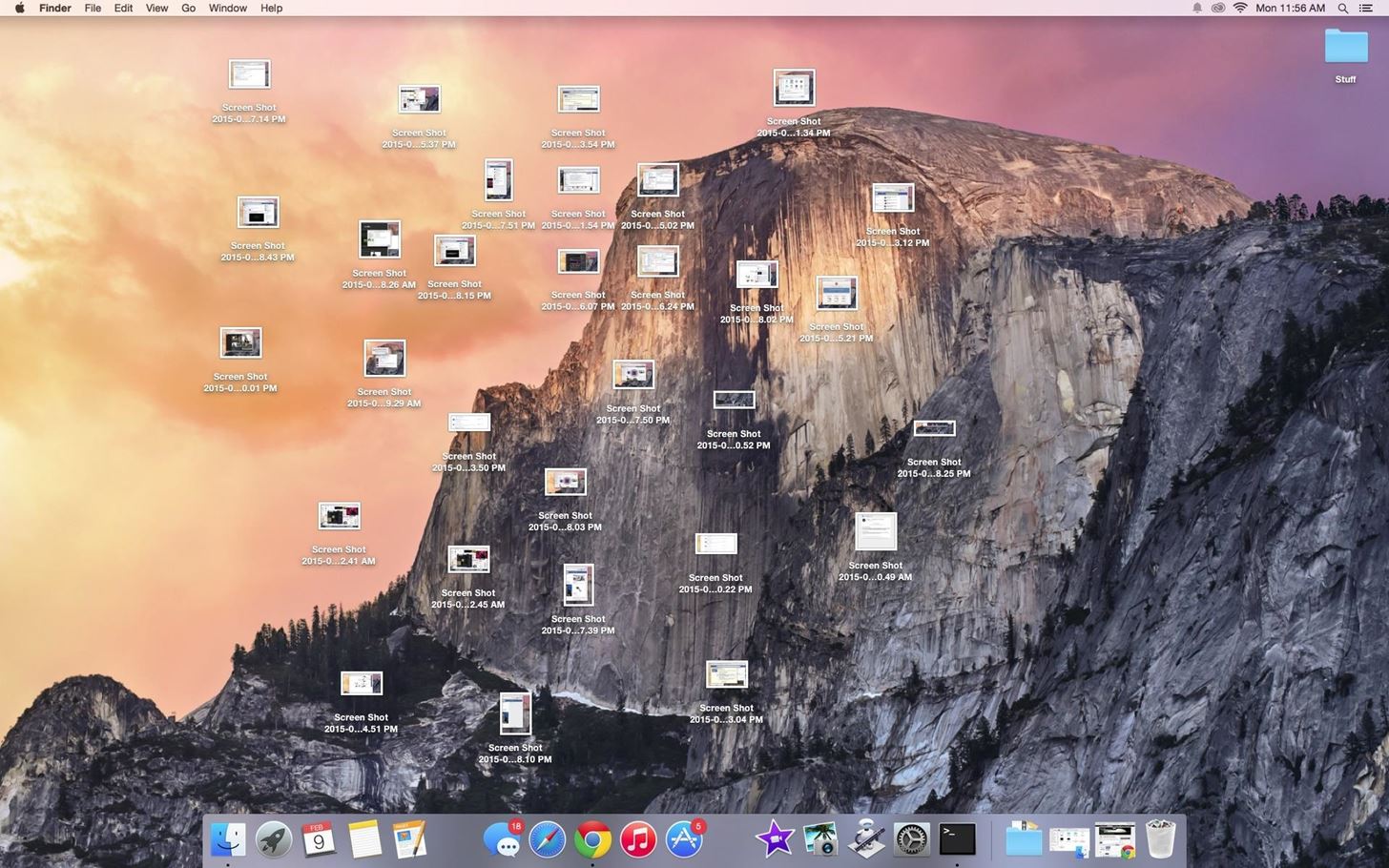

- #MAC OS SCREENSHOT HOW TO#
- #MAC OS SCREENSHOT FULL#
- #MAC OS SCREENSHOT PRO#
- #MAC OS SCREENSHOT WINDOWS#
Keyboard shortcuts work well for programmers, but a point-and-click user interface is easy for everyone to use. Another Touch Bar exclusive is taking a screenshot of the Touch Bar display, which can be done by hitting Shift + Command + 6.
#MAC OS SCREENSHOT PRO#
Note that if you have a MacBook Pro with a Touch Bar, these options appear on the OLED strip. If you don’t want the shadow, press and hold the Option key (or Alt) as you click to save the image. The image you save consists of the window and its shadow against a transparent background (PNG).
#MAC OS SCREENSHOT WINDOWS#
This method doesn’t just capture windows - you can save the desktop, the menu bar, the dock, or even an open menu by itself. Click on the window you want to capture, and the image saves to your desktop.

Step 3: Any window you hover over is highlighted with a light blue overlay.

Step 1: Press the Command + Shift + 4 keys simultaneously so that your pointer becomes a crosshair. When you let go of the mouse button, the screenshot saves to your desktop. With your pointer now turned into a crosshair, click and drag to draw a box around the region you want captured. Press the Command + Shift + 4 keys simultaneously. Press the Command + Shift + 3 keys simultaneously for an instant capture of your desktop.Ī screenshot preview appears in the bottom-right corner of your screen, giving you quick access to editing tools. By default, Apple's methods save your screenshot to the desktop, but if you want to copy the screenshot to the clipboard, there's a keyboard shortcut you can use instead. MacOS keyboard shortcuts are the quickest ways to take screenshots, whether you're capturing the entire screen or just a portion. Here’s everything you could ever want to know about taking a screenshot on your Mac. There are plenty of options and customizations. Thankfully, MacOS has plenty of keyboard shortcuts and a couple of apps that allow you to get the shot you need just as easily. "write (the clipboard as JPEG picture) to theFile", "set theFile to (open for access POSIX file \""+filepath+"\" with write permission)", # RGB, 32-bit line padding, origin lower left corner Raise ImportError("ImageGrab is macOS and Windows only") # See the README file for information on usage and redistribution. # Copyright (c) 2001-2002 by Fredrik Lundh # Copyright (c) 2001-2002 by Secret Labs AB # screen grabber (macOS and Windows only) However it's not in v2.9 (as of right now the latest) so I just added this file to my local module. Pillow has since added ImageGrab support for macOS! Screenshot("/tmp/testscreenshot_partial.png", region=region) # Capture region (100x100 box from top-left) Screenshot("/tmp/testscreenshot_full.png") # finalize the CGImageDestination object. # When all the images (only 1 in this example) are added to the destination, Quartz.CGImageDestinationAddImage(dest, image, properties) # Add the image to the destination, characterizing the image with
#MAC OS SCREENSHOT FULL#
The default region is CG.CGRectInfinite (captures the full screen)ĭpi = 72 # FIXME: Should query this from somewhere, e.g for retina displaysĭest = Quartz.CGImageDestinationCreateWithURL( """region should be a CGRect, something like: If you don't need to do that, I'd recommend just calling the screencapture command (more features, more robust, and quicker - the initial PyObjC import alone can take around a second) import Quartz You can capture the entire screen, or specify a region to capture.
#MAC OS SCREENSHOT HOW TO#
Here's how to capture and save a screenshot with PyObjC, based on my answer here


 0 kommentar(er)
0 kommentar(er)
